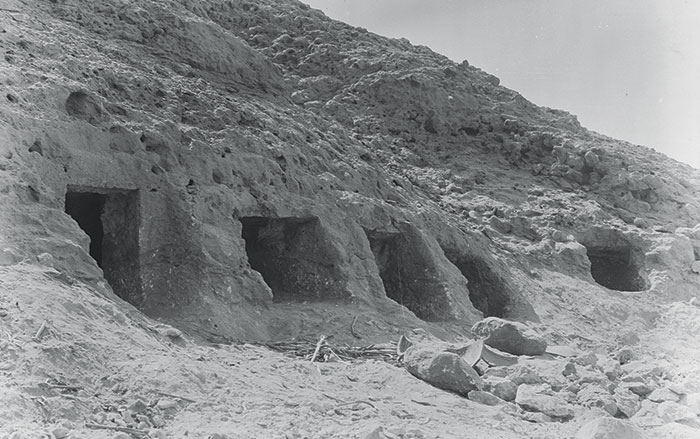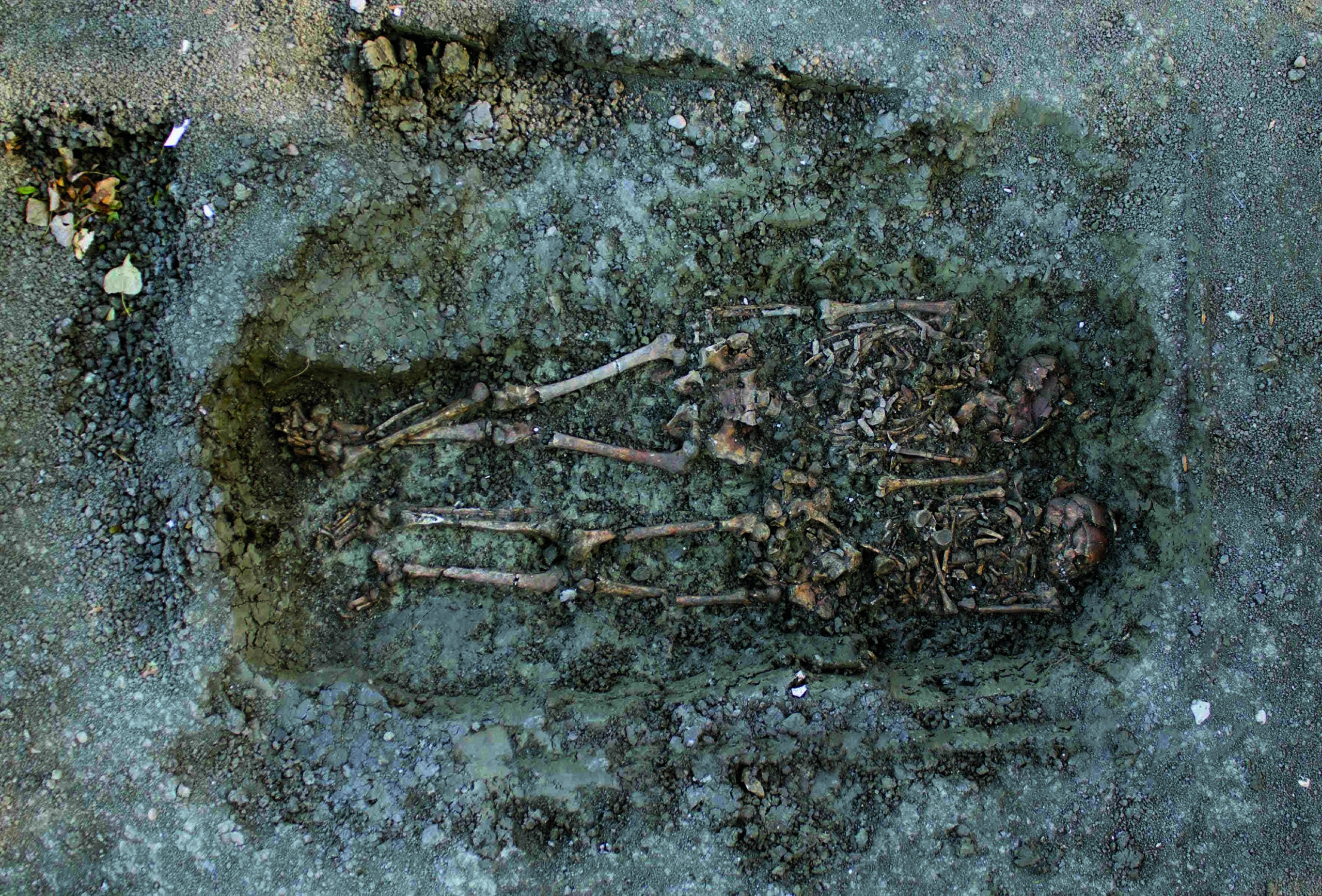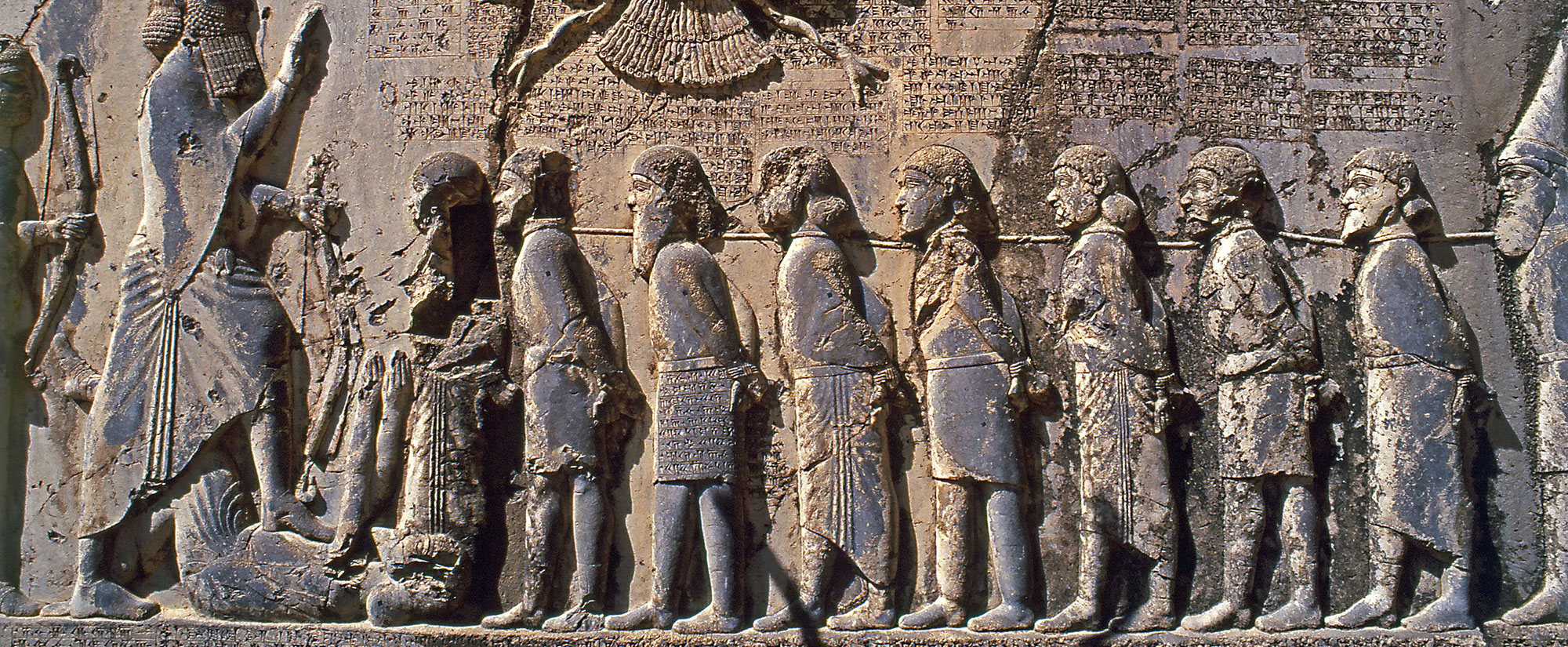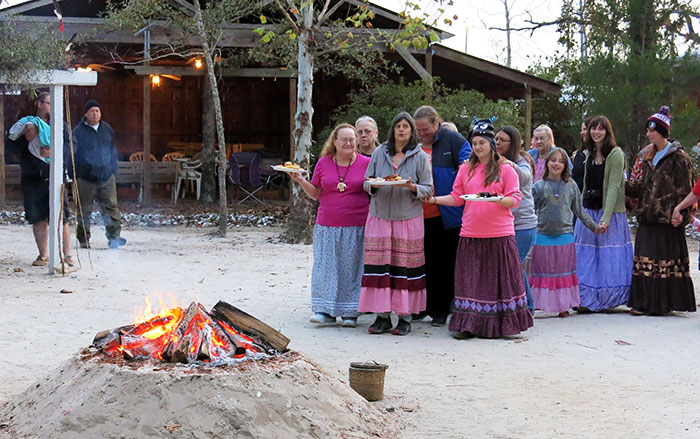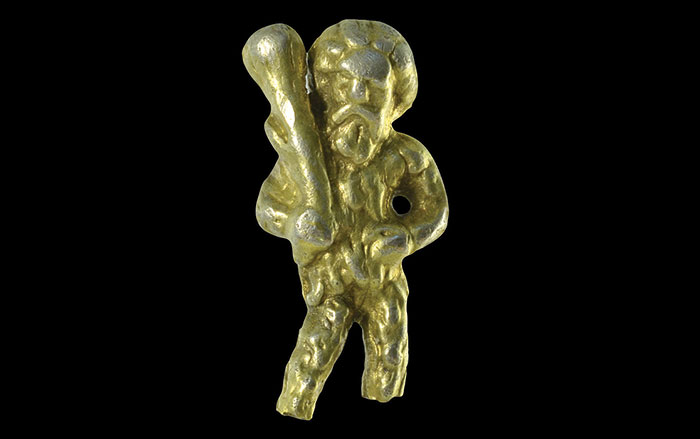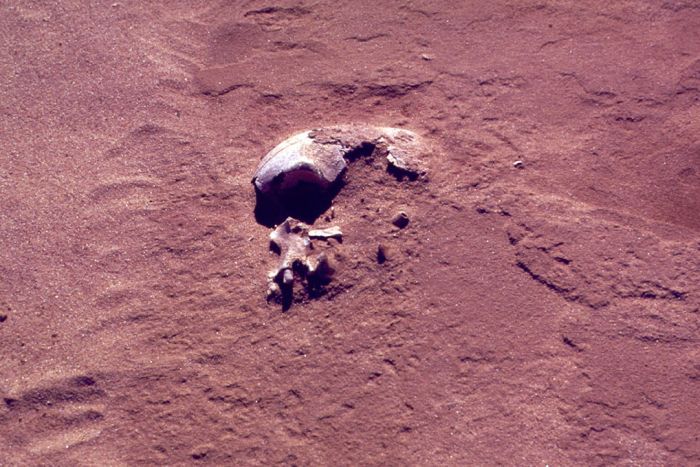
BRISBANE, AUSTRALIA—Researchers led by David Lambert of Griffith University’s Research Centre for Human Evolution used new DNA sequencing methods to analyze the 40,000-year-old remains of Mungo Man, discovered in the Willandra Lakes region in New South Wales in 1974. A 2001 study had suggested that Mungo Man was not an ancestor of Australia’s Aboriginal people, but instead represented an extinct human lineage. The new study finds that the sample from the previous test had been contaminated. “We could not, with better technology, repeat what the original study found and therefore the evidence that Aboriginal people were not the first Australians has no foundation,” Lambert said in an ABC News report. Lambert and his team were not able to recover any DNA from the Mungo Man sample. They did, however, reanalyze samples from 20 other ancient skeletons discovered in Willandra. The team was able to sequence a complete mitochondrial genome from the bones of one man, but the age of his skeleton is so far unknown. For more on archaeology in Australia, go to "What's the Point?"


